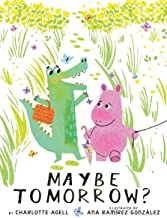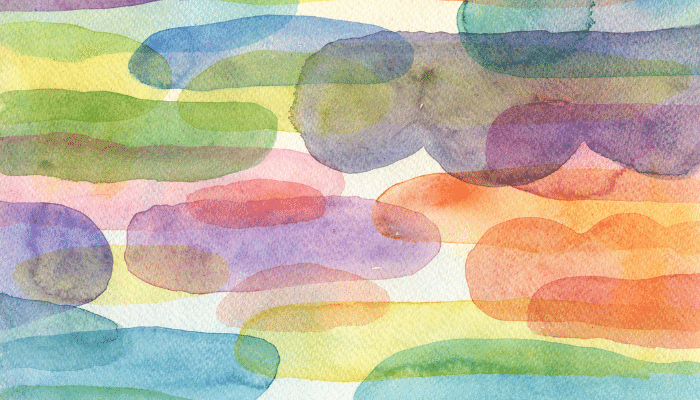The 2020/2021 school year is a definitely a year when grief comes to school. That grief is caused by different losses. First, the pandemic has changed a lot for everyone. Some groups, however, are experiencing more illness, death, economic hardship, and trauma than others, with communities of color being most severely affected. As such, stressors are personally impacting students, families, and educators in every school across the globe. No matter where you are, school is also different for everyone whether learning is face-to-face or online. Both personal changes and schoolwide differences are likely contributing to feelings of grief and loss within your school community.
Change Brings Loss
While some of these changes might be positive for some people, especially if youth or educators prefer distance learning, many changes are unwanted. Either way, change brings loss. It’s the loss of how things used to be and certainly, a loss of what people were used to. For others, a significant loss brings intense pain and distress. It can even cause trauma. No matter what, loss brings a degree of pain. To “know” joy is to “know” pain. Similarly, “no” pain means “no” joy either. It is one of the mysterious paradoxes of life. The depth of that pain and its effects vary, though, depending on the circumstances and the individual.
Change brings loss. It’s the loss of how things used to be and certainly, a loss of what people were used to. For others, a significant loss brings intense pain and distress. It can even cause trauma.
Death Causes Grief
Death of a loved one, friend, classmate, neighbor, or co-worker is certainly an experience that brings the pain of grief and loss. And, with COVID-19 deaths reaching over 450,000 in the U. S. alone (and counting), it’s a time when grief comes to school regularly. When that happens, what do educators need to know about grief and loss? And, how can they support grieving students, families, and colleagues?
I will be sharing answers to both of these questions in an upcoming 3-hour online training seminar for educators and others who care about youth on Wednesday, March 10, 2021, from 1:30-4:30 p.m. central time. Specifically, I will teach about grieving youth feelings and needs according to developmental stages and will give practical classroom support tips. Traci Ludwig will co-facilitate the seminar and will lead us in practicing gentle movements to improve self-care. The training seminar is called Supporting Grieving Students, and you can register by clicking on the title. It’s one of several upcoming online topic-specific seminars that I’ll be facilitating or co-facilitating before the summer of 2021. Importantly, Iowa teacher licensure renewal credit is available from MISIC for those who are interested if you complete four 3-hour seminars in the winter/spring 2021 series. You will also need to pay a separate fee ($35) and complete a project.
Sad Isn’t Bad
One of the things we’ll learn about in the seminar on March 10, 2021, is that feeling sad isn’t bad. In fact, no emotions are wrong or bad. Sadness is part of life. It’s one of many understandable things individuals experience when grieving a loss, and it never needs to be fixed. This can be hard to navigate for those who care for kids because folks often don’t want to see children or adolescents hurting.
Feeling sad isn’t bad. In fact, no emotions are wrong or bad. Sadness is part of life. It’s one of many understandable things individuals experience when grieving a loss, and it never needs to be fixed.
What can educators do to support individuals who are grieving?
- First, be present and listen. “What, if anything, do you want to share about what you’re going through?”
- Then, acknowledge. “I wonder if you’re feeling ___.”
- Or, normalize. “We all feel ___ sometimes, especially when experiencing a loss. I’m glad you let me know.”
- And, consider making a plan. “If you focus attention on your body, what do you think might be helpful?”
How to Support Friends
If you’re looking for a classroom resource to help you talk to youth about how they can support classmates when grief comes to school, check out the picture book “Maybe Tomorrow?” by Charlotte Agell and illustrated by Ana Ramirez Gonzalez (2019). In it, a friend drags around a big, heavy block and feels sad. Her friend learns how to be present and supportive while acknowledging (instead of trying to fix) the sadness that goes with loss. It’s a lovely story about grief, support, friendship, and healing. While written for children, it could be used with older youth too. Consider using the discussion questions below after reading the story.

Discussion Questions:
- What was the big block that Elba was carrying? And, why might she have been carrying it?
- What did friend Norris do that was helpful to Elba?
- What lesson can people learn from this story?
- What might cause folks to feel like they’re carrying a big block at school? And, do we always know when someone is feeling like that?
- How can people be supportive of others, whether knowing about their blocks or not?
Loss is a part of life for adults and youth. It’s something that everyone must feel and deal their way through. It works best if people in a community can do that together, while respecting that each person’s feelings and needs are unique. Importantly, grief doesn’t follow a timetable. It’s different for everyone. It’s important to honor each person’s unique healing journey.
To Learn More…
- Read about and register for an upcoming seminar re: Supporting Grieving Students, which you can learn more about on my events page. This training seminar is for all certified and non-certified educators or anyone else who cares about youth. You will learn practical tips for supporting grieving students at school. I will share more resources too.
- Read this post to learn how to teach Dr. Daniel Siegel’s Hand on Heart and Belly technique for big feelings that may go with grief and loss.
- If you’re a counselor, social worker, psychologist, or another supportive leader, you can attend the training mentioned above. Additionally, you can register for my 3-hour online seminar Counseling Grieving Students. Again, find more information on my events page. I designed this especially for you. After a brief review of grief concepts, I will teach creative counseling interventions for children and adolescents who have experienced loss, including art therapy and sand tray therapy techniques. It’s okay if you don’t yet have experience with these techniques. I’ll teach you how to get started! Importantly, professionals can attend the grief seminar for all educators and this one because the content is different but does goes together. You can also attend this one without attending the other one. Make the choice that’s best for you. Together, let’s learn and support folks in your communities when grief comes to school.
- Watch this video called How Do you Help a Grieving Friend? by Megan Devine and Refuge in Grief (2018) to learn about the power of acknowledging others’ pain instead of trying to fix it.
- Check out my affirmation cards that can help you and other adults take good care during times of grief and loss. They’re available in Ms. Jen’s Shop.
Here to support you,

#BuildingTraumaSensitiveSchools #HelpingYouHelpKids #WhenGriefComesToSchool



